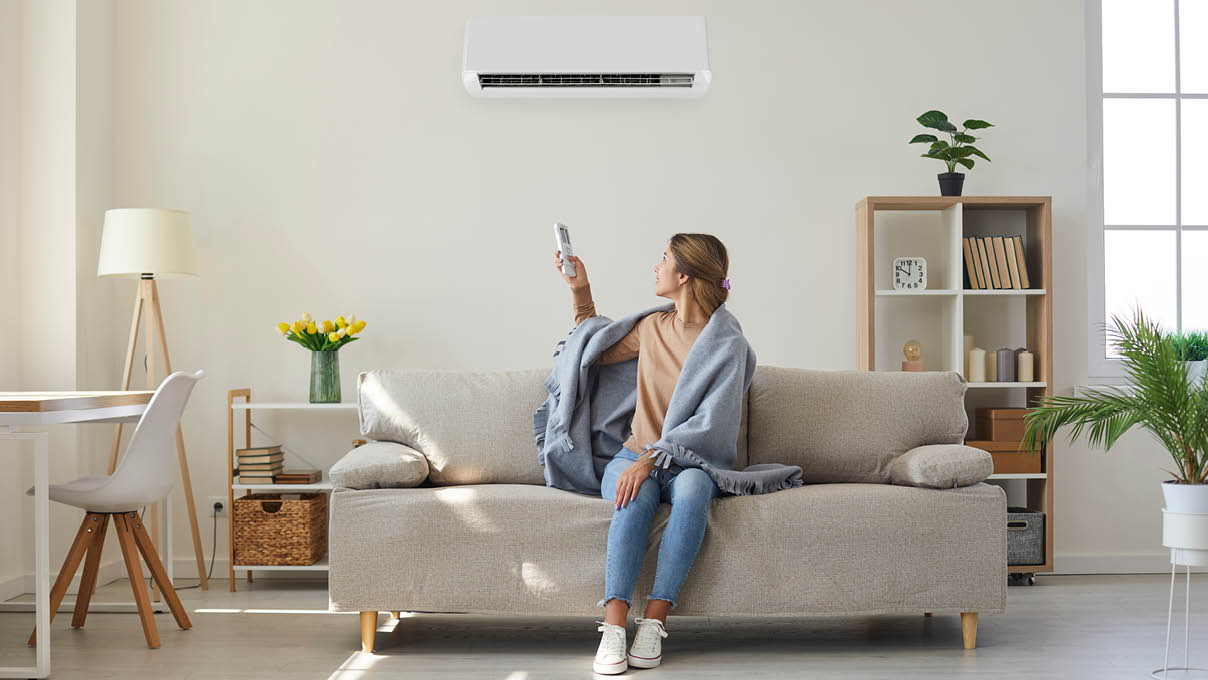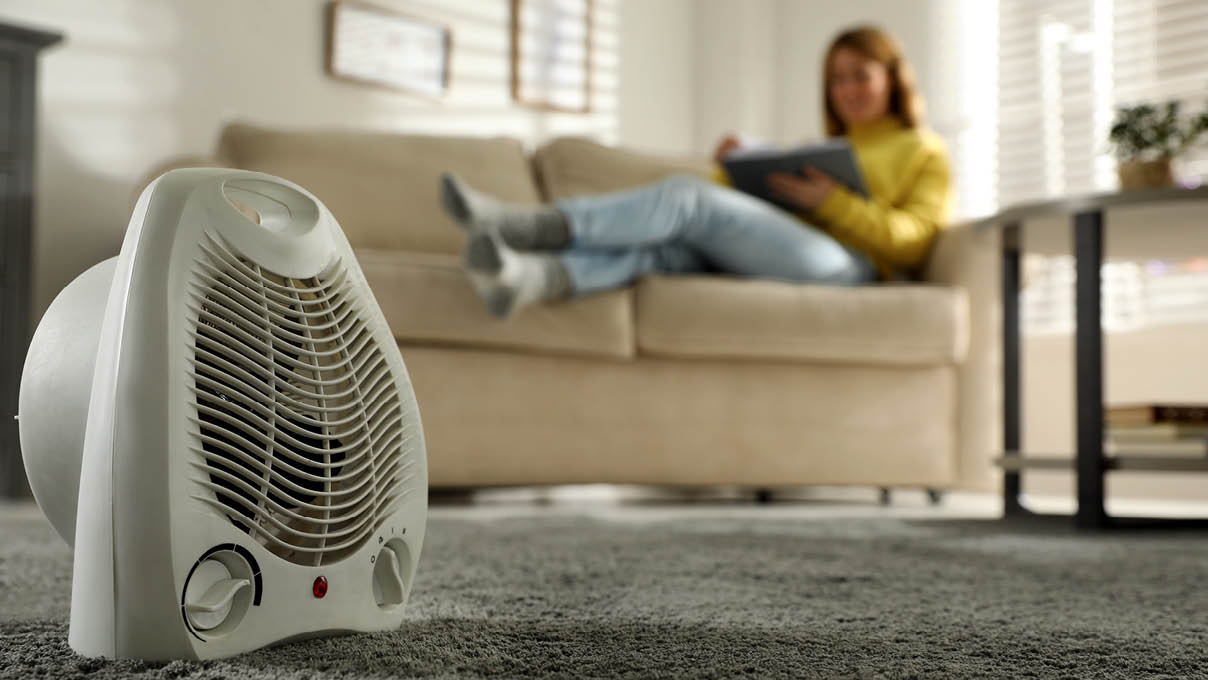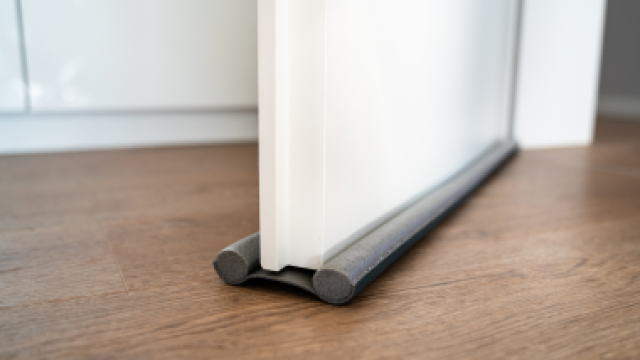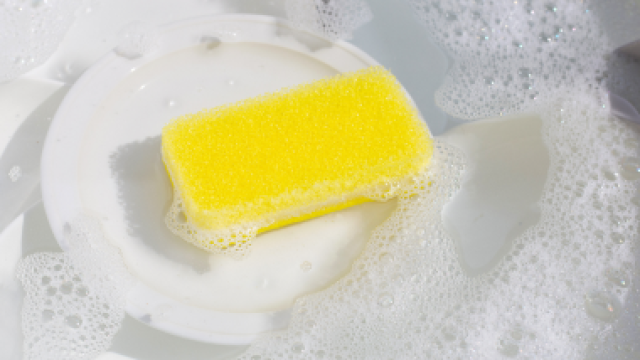Winter is overwhelming in more ways than one – it overwhelms us with blistering chill and a confusing number of heaters to choose from. While the best heater for your home is the one you can afford, if you’re in the market for one, we’ll give you the know-how to find a heater that best suits your needs.
The best heater for your home

What to consider before you buy a new heater
When you’re looking to buy a new heater it’s a good idea to consider the price, running costs and what you need it for. For example, if your goal is to heat a room fast and evenly, Consumer NZ tests have shown that heaters with a fan are best for this.
Ultimately the best heater is the one you can afford – here’s some things to look out for:
- Fans – they help to distribute heat more evenly around a room, and heat rooms faster. Small fans are better for heating a small space, while heaters that include a fan and convection are good for circulating heat in a medium-large space.
- Thermostats – help you maintain an even temperature, which will help you save electricity.
- Timers – are useful for turning heaters on before you wake up, or when you go to sleep.
- Heat pumps – if you can afford the outlay, they’re cheaper to run in the long term than plug-in electric heaters, because they generate three times more energy than they use.
One size doesn’t fit all
Another important thing to consider is the size of the room you need to heat.

Lounges or large spaces: heat pumps are the top long term choice because they’re cheap to run but are expensive to buy. Ceramic heaters are a great choice for two reasons, they’re the most effective portable fan-based heating option and they have no glowing parts so they’re safer.
Another good option is panel heaters that are permanently mounted, as they’re good at providing background heating.
Bedrooms: consider choosing a heater with a thermostat and a timer. If the heater itself doesn’t have a built-in timer, you can always buy a separate timer plug to make getting out of bed easier on cold winter mornings. Panel heaters or oil-filled column heaters are good options.
Workshop areas: for this area, portable fans or radiant heaters are the best option.
Spot heating: if you’re looking for specific spot heating like keeping you and your fur baby toasty while you stream Netflix or work from home, portable ceramic fan or radiant heaters are a good bet.

Different types of heaters (left to right): small fan heater, oscillating tower fan heater, standing radiant heater, convection heater, oil column heater, micathermic heater, panel heater, heat pump
The pros and cons of common heaters
Small fan heaters – won’t blow you away
Electric fan heaters use a fan to push air over a heating element. They can use an electric coil or ceramic heating element. They’re good for providing a personal heat source – for example if you’re the only person in a room.
Pros: they’re cheaper to buy. They provide fast heating and are a cosy comfort for cold feet. They’re also lightweight so they can be moved around easily.
Cons: they’re not very energy efficient if you need to heat a large space, like your living room. They can also be noisy and can make a room stuffy if used for too long.
Oscillating tower fan heaters – a high ranking
Oscillating tower fan heaters have a radiant heat source combined with a fan and are designed to heat up an entire room evenly.
Pros: they’re compact, light weight and because they oscillate, they stop hot air from getting trapped by the ceiling.
Cons: they can be noisy and may make the room dry and stuffy if used continuously.
Standing radiant heaters – a one heat wonder
Radiant heaters have glowing electric elements and they heat surfaces (like your pet lounging in front of it), not the air. Because of this they are good for draughty homes.
Pros: they’re great for quick, temporary heating, like when you’re snuggled on the couch. They’re cheaper to buy than most oil column or micathermic heaters.
Cons: because of their directional nature, they only heat a small area. They run hot, so can be a fire or burn risk. There also aren’t many brands available in NZ.
Convection heaters – a hot second place
Convection heaters draw cold air over the heating element. The warmed air then rises, and colder air replaces it. Most have a fan option to assist with the movement of air.
Pros: they’re quiet and distribute heat more evenly. Portable types are lighter to move around; some also have a fan which helps warm up a space faster. They’re ideal for medium to large rooms and can be left on overnight with a thermostat or timer.
Cons: convection heaters can take a while to heat up a large room can be expensive. They aren't as fast at heating up a space as oscillating tower heaters and they can be easily tipped over.
Oil column heaters – the old fav
Oil heaters circulate hot oil through the metal fins causing hot air to rise and circulate around the room.
Pros: most have a thermostat control, they’re quiet, are safe to leave on are a good option for bedroom heating overnight.
Cons: because the oil inside needs to heat up, they’re slower at distributing heat through a room than other heaters. They’re not ideal for rooms with high ceilings because they don’t have a fan, and they’re heavy to carry.
Bonus: oil-free column heaters – the upgrade to the old fav
They look like traditional oil heaters, but they have a heating element inside the fins instead of using oil. The vents on the top release hot air so they heat a room faster than traditional oil heaters, and they’re lighter.
Micathermic heaters – the two in one
Micathermic heaters use both convection and reflecting heating so they’re able to heat both the air and nearby objects.
Pros: they’re fast as! Most can reach their maximum heat in 60 seconds. They’re quiet, light and the combination of convection and radiant heat makes them ideal for heating small living areas.
Cons: the exterior surface gets very hot, so they be a hazard to small children and pets. A lot of models produce heat from all sides so they can’t be placed near curtains or furniture. As they don’t have a fan, they don’t heat rooms as evenly as heaters with a fan.
Panel heaters – pan-fully slow
Panel heaters are designed to provide background heat by pulling in cold air over a large surface and radiating it out.
Pros: they can be mounted to a wall and have low surface temperature; so they’re safer for children and pets. They’re also quiet to use.
Cons: they have a low heat output, so they’ll take a while to heat up a room. Most models don’t have a thermostat or timer.
Heat pumps – lead the charge
Heat pumps pull warm air from outside the house and release it inside.
Pro: they use up to three times less energy than they use and can quickly heat a room and maintain that temperature. Heat pumps are also versatile for year-round use, as they have heating and cooling functions.
Con: Heat pumps are expensive to buy and install (costing $2750 upwards). They can be noisy, and they don’t perform as well in frosty temperatures.
Better to be safe
Keep all heaters one metre away from curtains and flammable objects (like blankets and clothes). Only use one heater per power outlet. A tilt switch is a handy feature, as it will switch off the heater if it tips over. And of course, follow the manufacturing advice.
Keen to save even more power?

Tips on shopping for new appliances that use less power to help you save
How you use appliances, and how you maintain their condition, are key factors in controlling your energy use.

Practical power saving tips to help you save
Here’s a few practical tips and tools to help you save power around the house.

Save power by improving the energy efficiency of your appliances
Find out how to improve the energy efficiency of your fridge, freezer, oven, heat pump and hot water cylinder.

How to draught proof your home
Here are some ways to draught proof your home (regardless of whether you own your own property or if you are a tenant).

Save money on hot water
There are heaps of ways to be a bit more considered about how you use hot water and make some sweet savings in the process.